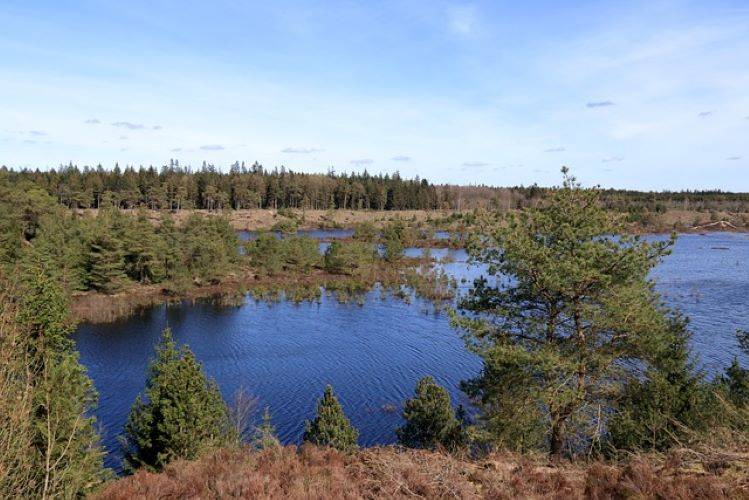
The National Level Steering Committee (NLSC) of the Atal Bhujal Yojana convened its fourth meeting in New Delhi, chaired by the Secretary of the Department of Water Resources, RD & GR, Ministry of Jal Shakti.
The Atal Bhujal Yojana, also known as ATAL JAL, has been implemented as a Central Sector Scheme since April 2020 in 8220 water-stressed Gram Panchayats across 229 administrative blocks/Talukas in 80 districts of seven states, namely Gujarat, Haryana, Karnataka, Madhya Pradesh, Maharashtra, Rajasthan, and Uttar Pradesh. The scheme is set to span a five-year period from 2020 to 2025.
During the meeting, the Committee assessed the overall progress of the scheme and urged the states to expedite all activities, including procurement and convergence, for the successful implementation of Water Security Plans (WSPs). The Committee acknowledged that the initial two years of the scheme were hindered by the pandemic and recognized that community behavioral change is a time-consuming process. Consequently, it was decided to extend the scheme for an additional two years beyond its original duration.
Secretary of the Department of Water Resources, Shri Pankaj Kumar, expressed satisfaction with the overall performance of the scheme and highlighted the noteworthy achievements under Disbursement Linked Indicators. He emphasized the need for states to adopt innovative technologies in irrigation to enhance water efficiency. He instructed the states to map drinking water sources and conduct studies to assess their sustainability and determine how interventions under Atal Jal can support these sources.
Given the pivotal role of communities in the scheme, the importance of capacity building was emphasized. Ms. Debashree Mukherjee, the Special Secretary of the Department of Water Resources, emphasized the need to assess the quality of training provided at the Gram Panchayat level. She also urged all participating states to integrate WSPs into the Gram Panchayat Development Plans (GPDPs) to ensure the sustainability of the scheme beyond its completion.
The Practice Manager from the World Bank commended the scheme for prioritizing water use efficiency and acknowledged the progress made over the past three years. She emphasized the significance of community-led sustainable groundwater management and pledged full support for the scheme.
The meeting was attended by senior officers from the seven states where the scheme is being implemented, as well as relevant line departments who are members of the Committee. The Special Secretary and Joint Secretary of the Department of Water Resources, RD & GR, along with the Water Practice Manager for South Asia at the World Bank, also participated in the meeting.
Following the NLSC meeting, a workshop on Best Practices on Sustainable Ground Water Management took place, during which the seven states presented their best practices on groundwater recharge, efficient water use, innovative irrigation technologies, public disclosure of data, and more. These practices align with the objectives of the Atal Bhujal Yojana and highlight how the scheme is driving changes in groundwater management, with a particular focus on demand-side interventions.
ATAL JAL aims to foster behavioral changes within communities, shifting their mindset from water consumption to conservation and smart water management. The scheme supports Gram Panchayats in collecting water-related data and developing water budgets and Water Security Plans (WSPs). These plans encompass the community's demand and supply side interventions, which are implemented by various line departments through convergence.
The scheme strives to bring all line departments working in the water sector onto one platform to optimize resource utilization for implementing WSPs. Furthermore, the scheme emphasizes interventions that reduce water demand in irrigation and aims to implement efficient water techniques such as drip/sprinkler irrigation, pipeline irrigation, mulching, and crop diversification on 4.5 lakh hectares of irrigated land.
The scheme follows a challenge method, where states performing well can receive additional incentive funds. Performance is measured through predefined targets known as Disbursement Linked Indicators, which form the basis for incentive disbursement to states.
















